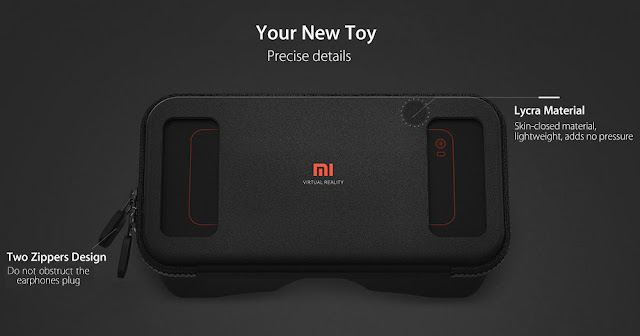The Chinese OEM has recently released a paper that aims to solve common issues of exposure, light, and details in smartphone’s photography. The company’s new method is said to use algorithms to segment an image into multiple “sub-images,” instead of one, and adjust their exposure separately for better results.
It's been few quarters, from that point forward Xiaomi has enhanced its gadgets camera modules a great deal. Their various gadgets propelled for the current year have earned superb appraisals from DxOmark. The most recent gadget to gain this sort of rating is Xiaomi Mi Mix 3 which conveys 12 megapixels +12 megapixel essential camera on the back side while a 24 megapixel + 2-megapixel sensors sit on the front side. Presently, Xiaomi has posted its new calculation DeepExposure AI which reestablishes inadequately uncovered photographs.
The greater part of the portable cameras have the issue of ineffectively uncovering photographs if the light is more brilliant or it is as well dim. Scarcely, aside from couple of producers, nobody has any achievement of taking out the inadequately uncovered photographs. Today, Xiaomi has presented DeepExposure AI calculation which will help offset your photographs with precise lights and subtleties.
Xioami has utilized AI to settle this issue to over or underexposed photographs. Xiaomi's DeepExposure balance the presentation by partitioning the photograph into subfragments and after that the introduction estimation of each piece is balanced independently. At long last, extraordinary parts are converged to shape the last picture. You can view the general procedure in the picture beneath.
As per research paper, the AI algorithm divides the whole process into image segmentation and ‘action-generation’ stage. During the action-generating stage, we concatenate the input low-resolution image, the sub-image, and the direct fusion image as the state. Then, a policy network is exploited to compute different exposures that are applied on the image locally and globally.
It's been few quarters, from that point forward Xiaomi has enhanced its gadgets camera modules a great deal. Their various gadgets propelled for the current year have earned superb appraisals from DxOmark. The most recent gadget to gain this sort of rating is Xiaomi Mi Mix 3 which conveys 12 megapixels +12 megapixel essential camera on the back side while a 24 megapixel + 2-megapixel sensors sit on the front side. Presently, Xiaomi has posted its new calculation DeepExposure AI which reestablishes inadequately uncovered photographs.
The greater part of the portable cameras have the issue of ineffectively uncovering photographs if the light is more brilliant or it is as well dim. Scarcely, aside from couple of producers, nobody has any achievement of taking out the inadequately uncovered photographs. Today, Xiaomi has presented DeepExposure AI calculation which will help offset your photographs with precise lights and subtleties.
Xioami has utilized AI to settle this issue to over or underexposed photographs. Xiaomi's DeepExposure balance the presentation by partitioning the photograph into subfragments and after that the introduction estimation of each piece is balanced independently. At long last, extraordinary parts are converged to shape the last picture. You can view the general procedure in the picture beneath.
As per research paper, the AI algorithm divides the whole process into image segmentation and ‘action-generation’ stage. During the action-generating stage, we concatenate the input low-resolution image, the sub-image, and the direct fusion image as the state. Then, a policy network is exploited to compute different exposures that are applied on the image locally and globally.






No comments:
Post a Comment